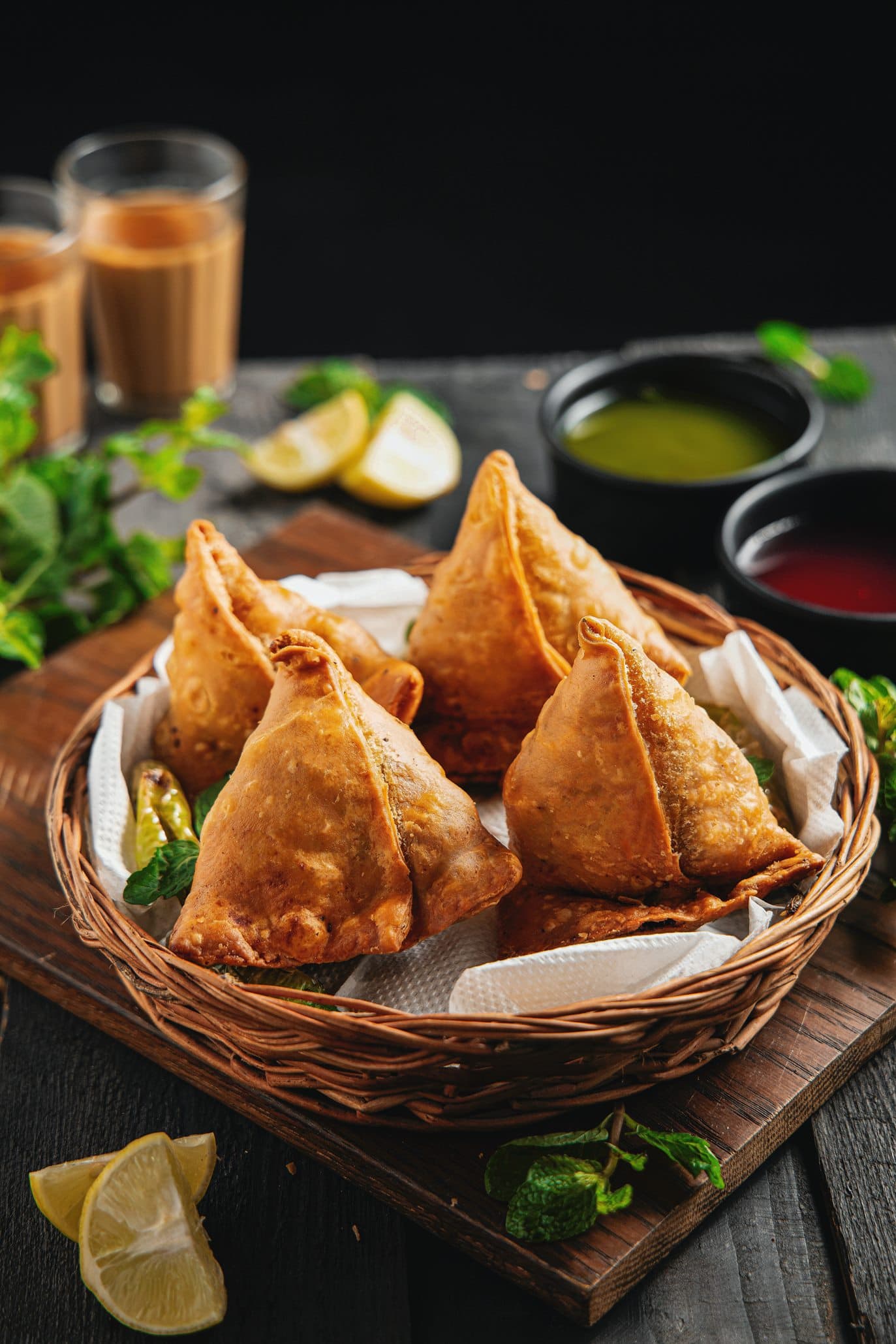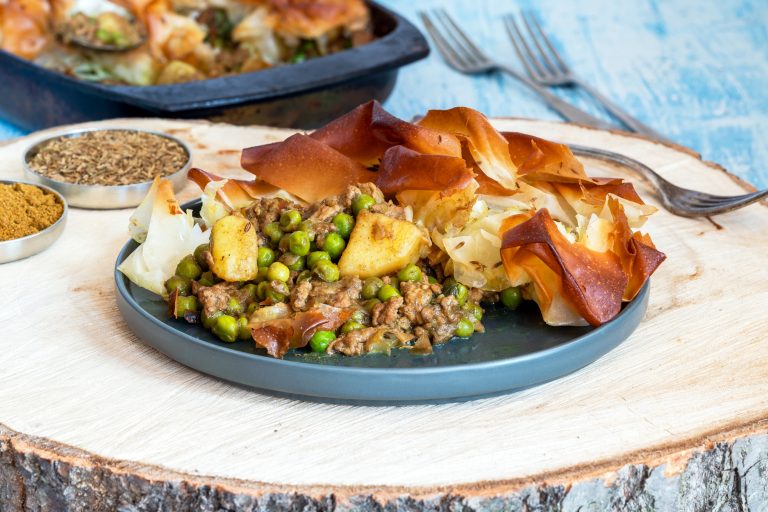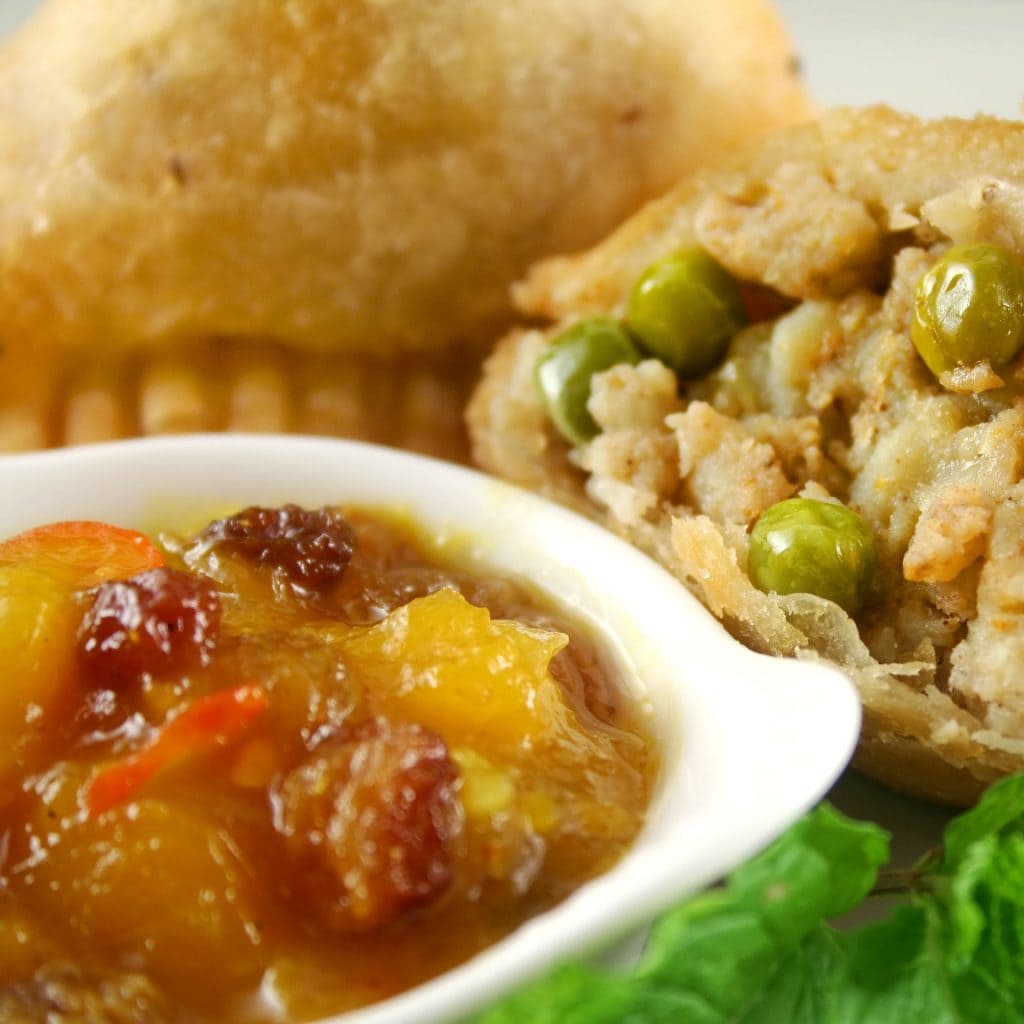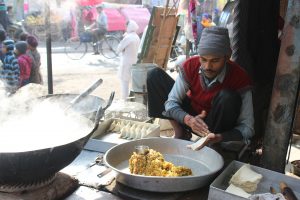Historical Chronicles
What we know of as the samosa today – a staple Indian snack or appetizer – is not actually of Indian origin, but Middle Eastern or Central Asian!
A medieval Persian poem mentions the earliest form of the samosa – sanbusaj – as far back as the 10th century but it truly gained its cultural significance following a 13th century reference to its recipe in an Arabic cookbook.
Traveling Central Asian merchants, and their saddle bags of these mince-filled pastries, are credited to have carried the dish along the silk route or Indian coast through its influenced regions to its claimed home of India.
Samsa officially debuted on Indian soil in the 1300s, so named after its shape resembling the pyramids of Central Asia, and featured ingredients like ghee, onion, and meat.
A Polyonymies Dish
In Bangladesh, shingaras can incorporate beef liver as a popular addition in some parts of the country with the usual ingredients. Pakistani versions can include minced meat and vegetables as a prevalent iftaar food for families celebrating Ramadan. It is a dish well associated with regional holy meals spent with loved ones. Around the Middle East, crescent-shaped versions of sambousek are stuffed with meat, onion, cheese, or pine nuts.
Portuguese-majority speaking countries such as Brazil, Portugal, and Goa, India also have a similar meat-filled pastry to samosa, called chamuças or pastéis, respectively. Chickpeas replaced potatoes in the Israeli version, and Moroccans added peas to their filling.
In regions like North America, the UK, and Australia, frozen samosas are becoming more available in grocery stores with some variations to the dough.




